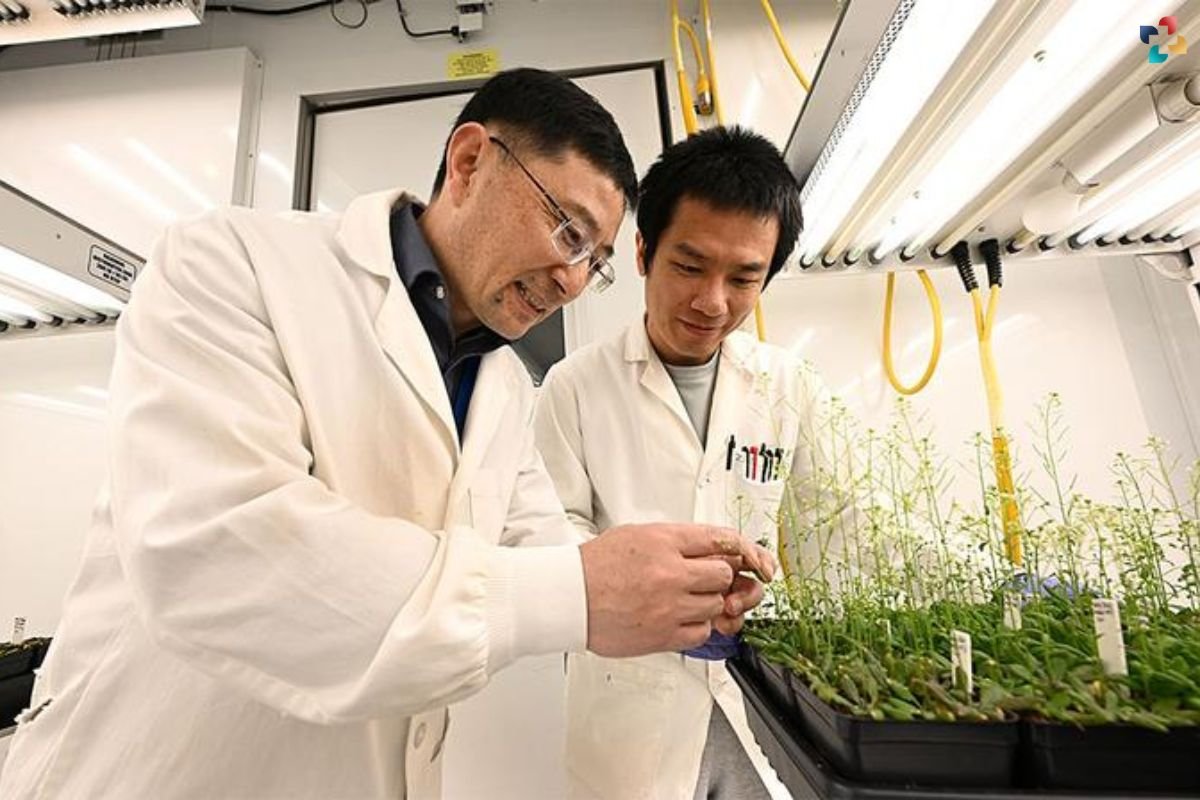Source – Bioengineer.org
Discovery of Early Protein Evolution
Scientists from the U.S. Department of Energy’s Brookhaven National Laboratory have discovered that a crucial protein for lignin synthesis in plants evolved much earlier than previously believed. This research delved into the origins and evolution of the biochemical processes that create lignin, a vital component of plant cell walls with significant implications for the clean energy sector. When the first land plants emerged from aquatic environments, they needed to adapt for survival. According to Chang-Jun Liu, a senior scientist in Brookhaven’s Biology Department, the development of lignin was a pivotal evolutionary event, providing structural support crucial for terrestrial plant survival.
Understanding how plants developed these protective mechanisms is essential as they face challenges from climate change. Lignin, a tough plant material, can be processed into valuable bioproducts and serves as the only renewable source of aromatic compounds. These compounds are similar to molecules found in conventional jet fuel and can be used as “drop-in” fuel by airlines, highlighting lignin’s industrial importance.
Insights into S-Lignin Synthesis
Modern plants have three types of lignin, but early lignin-containing plants had only two. The newer type, S-lignin, evolved with flowering plants and is structurally simpler, making it easier to break down for industrial applications. The new study, published in The Plant Cell, builds on years of research into lignin and its synthesis. In 2019, Liu and his team discovered that a specific cytochrome b5 protein, CB5D, is essential for S-lignin production but not for the other types of lignin. Intrigued by CB5D’s unique role, the researchers sought to explore its origin and evolution further.
Liu’s team previously found that CB5D works closely with an enzyme called ferulate 5-hydroxylase (F5H) to synthesize S-lignin. They hypothesized that CB5D had co-evolved with F5H. To test this, they conducted a genetic analysis to find plant species with DNA similar to the modern CB5D gene. They identified 21 species, ranging from ancient to recent evolutionary stages, and expressed these genes in a modern plant lacking the CB5D gene. The restoration of S-lignin synthesis by a gene from green algae, an early land plant ancestor, indicated that CB5D-like functionality existed over 500 million years ago.
Evolutionary Significance and Future Research
The study’s findings reveal that CB5D evolved millions of years earlier than expected, partnering with modern electron acceptors like F5H to develop advanced lignin synthesis machinery. To ensure the ancient CB5D proteins functioned similarly to their modern counterparts, the team used confocal microscopy to confirm their expression in the same subcellular structures. This ancient CB5D-like protein emerged in aquatic algae before transitioning to land, suggesting it served essential functions in early plants.
However, ancient plants like liverworts did not contain S-lignin, raising questions about the protein’s original role. Liu emphasized that research often leads to new questions, highlighting the continuous nature of scientific discovery. Supported by the DOE Office of Science, this work opens avenues for further exploration into the evolutionary history and functions of crucial plant proteins, contributing to our understanding of plant adaptation and resilience.
This research not only sheds light on the evolutionary history of key plant proteins but also underscores the potential for lignin in sustainable energy solutions, paving the way for future advancements in both biology and clean energy technologies.
Also Read: Exploring Asexual Reproduction in Plants: Mechanisms, Benefits, and Examples







